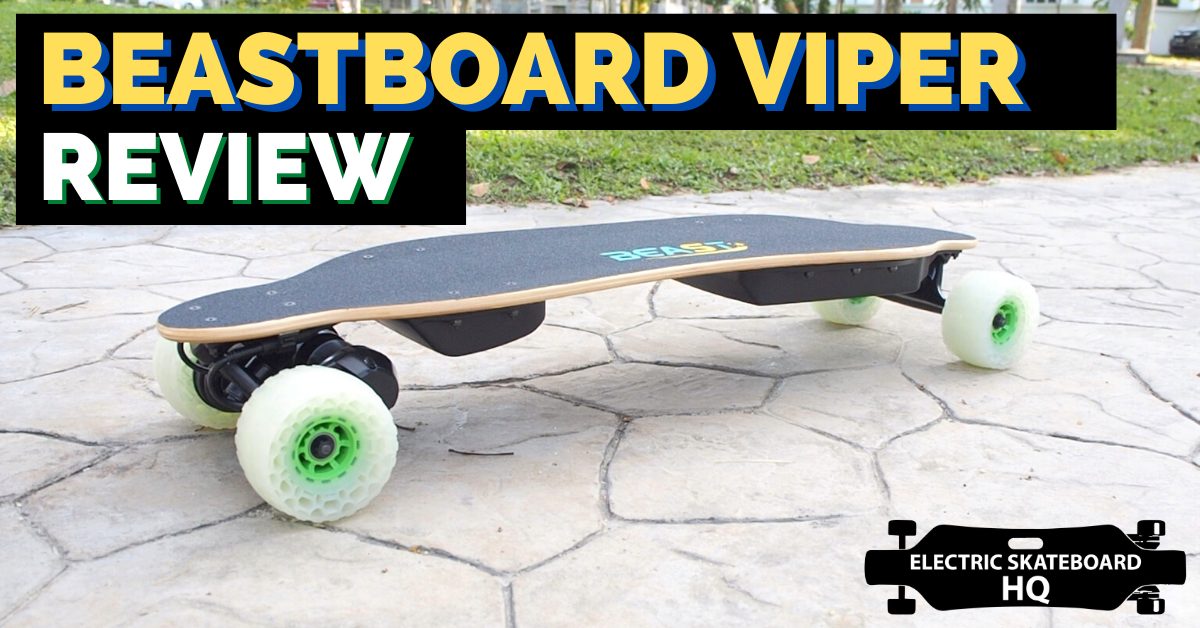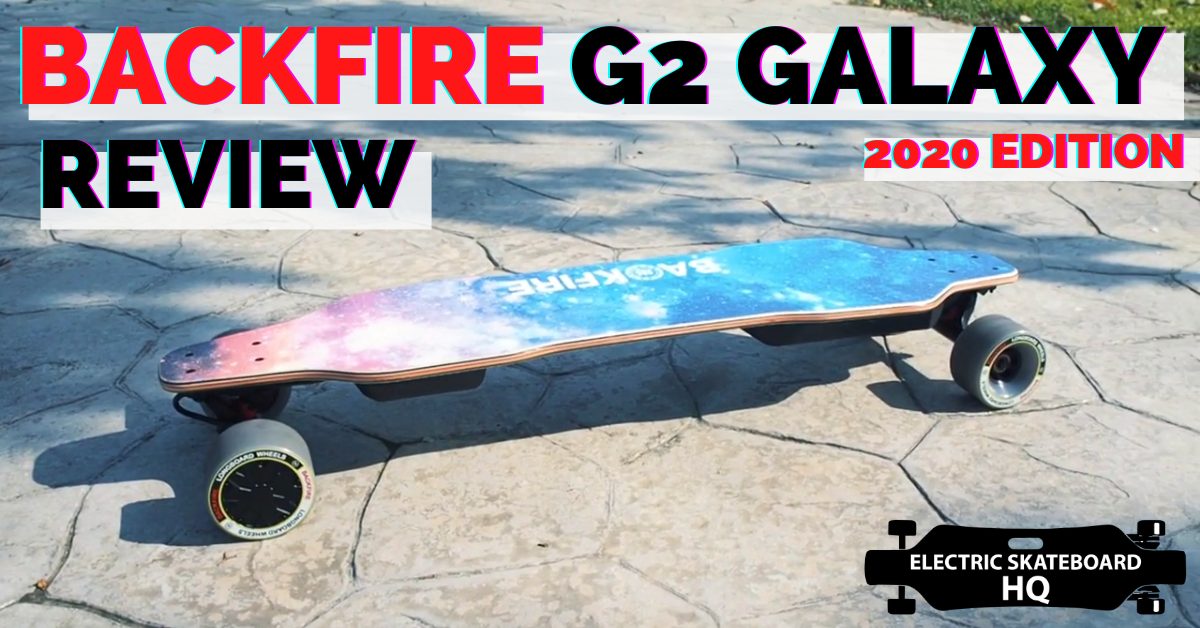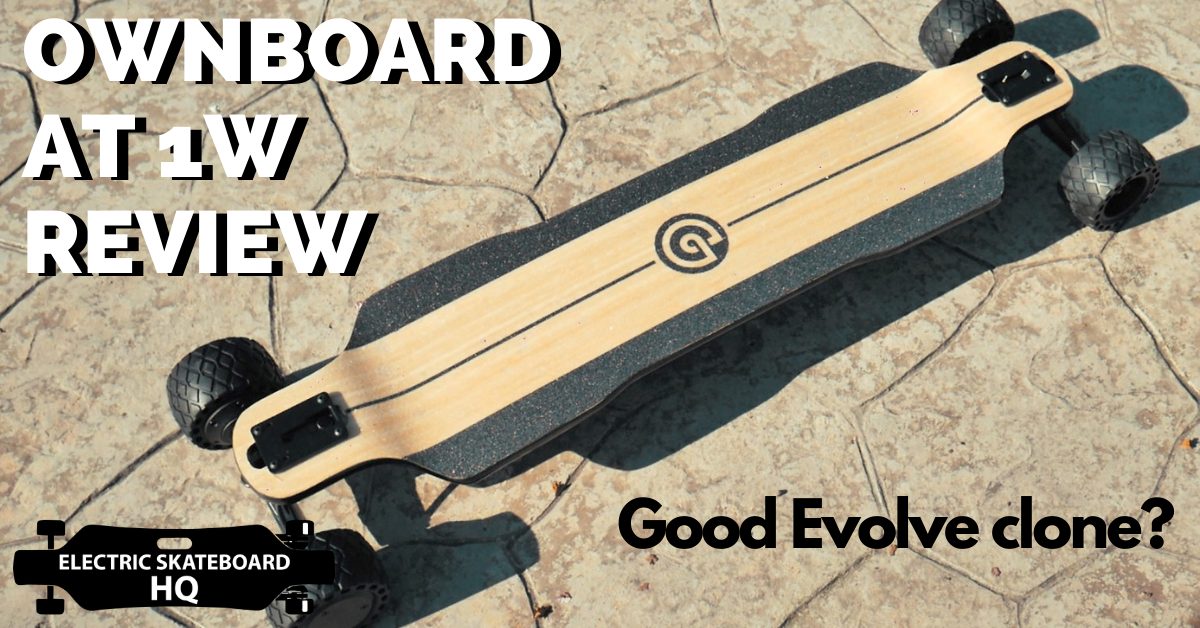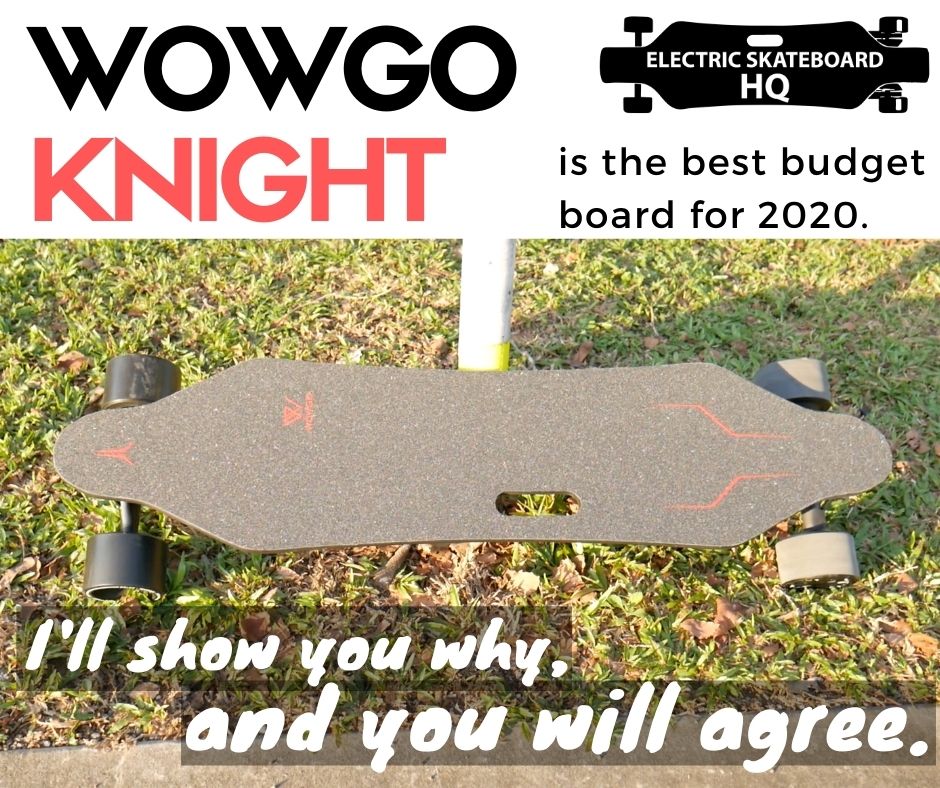If you have the habit of hanging out in Eskate Facebook groups, I bet you have seen a variety of meme ads by Beastboard. Well, Beastboard is a newer Chinese brand looking to get some traction in the market. As is always the case, you can expect good value for your money from a brand trying to establish its name, as long as you can also stomach the uncertainty when it comes to after-sales service.
Today, we are reviewing the Beastboard Viper, a $600 electric skateboard that packs a lot of punches.
Beastboard Viper Review
To get a clear picture, let’s run through the specs real quick.

Deck
The Beastboard Viper uses a 7-Layer Canadian Maple generic deck that’s commonly found on entry-level boards in the $400 range. It has only a little bit of flex to it and has zero concaves.
Trucks & Windwheels
While the Viper uses generic trucks, the wheel it uses is anything but generic.
Windwheel, it’s called. These unique 110mm wheels are the highlight of the board and the most memorable part of the brand. It has a honeycomb look that might make some uncomfortable but promises a comfortable ride. More on that later.
Electronic Speed Controller & Remote
As for the electronics, the Viper uses a 12s Hobbywing ESC, which means it comes with the latest Hobbywing remote that can read board telemetry.

Battery & Range
For the battery, it rocks a beefy pack of 12s4p 432wh batteries, but then cuts costs by going with generic 25R cells. Well, I can’t complain, they have to make the price work somehow. This gives the Viper a marketed range of 22 miles (36km), but we could only hit 20 miles (33km) in our test. Still very good.

Motors & Top speed
The Viper also uses a good pair of 6065 5255 motors that were rated as 750W each. This gives a marketed top speed of 28mph (46kmh). We almost hit that top speed, just missed by a hair, so… almost.

What to think about the specs & parts?
In short, you can think of the Beastboard Viper as a budget board on steroids. The skate parts are pretty generic, but the 12s4p battery with corresponding 12s Hobbywing ESC are specs you expect to find on a board over $800. This duo promises great performance on both power and range, the remaining question would be on the riding experience, so let’s start with what the weird windwheels bring to the table.
Riding Experience with Windwheels
The Windwheels are Beastboard’s proprietary wheels that have this squishy honeycomb pattern. Individually they are priced at $159 per set. We were frankly very cynical of the windwheel design before the test and were expecting it to be just a gimmick. After all, the design isn’t very elegant, and putting holes into the wheels to make them soft seems to be such a primitive idea.
As it turns out, Windwheels are exactly what they were designed to be: 110mm wheels that take away bumps and cracks on the road. We think they are even better than Cloudwheels when it comes to softening the ride on rough roads, making the Beastboard Viper a very comfortable ride on rough roads even when the stiff deck doesn’t contribute anything to vibration dampening.
The windwheels have a fairly narrow surface area for contacting the ground, meaning that they will spin-out when starting from a stand-still in some off-road situations. However, the surface area is definitely big enough for most grass, gravel, and dirt roads situations.

While the wheels are a highlight, the other skate parts are pretty average and doesn’t contribute much to riding experience.
The other parts, as we said, are pretty average.
First of all, paired with the wheels are a set of generic reverse kingpin trucks that are decent. Carving with the Viper is not as fun as carving on something with branded trucks and a flexy deck. The deck also doesn’t have any concave to it, so our feet don’t feel the deck as well as we would like.

While the skate parts are pretty average, we like the electronic parts that the Beastboard Viper uses. The 12s Hobbywing ESC gives the perfect smoothness in speed control that everyone expected it would. Pairing a 12s ESC with big motors gives the board a super-powerful torque too, to the point where you need to be careful hitting the throttle when riding on the highest mode. Just because it’s smooth doesn’t mean it doesn’t pack a huge punch.
While the 12s4p battery pack is not using the most amazing cells, (generic 25R), just by the virtue of their large size we didn’t notice much voltage sag on this one.
Verdict:
The Beastboard Viper, for the price of $599, will get you an amazingly specced board that has amazing torque, good range, and smooth speed control. It’s a semi-AT board that can handle the roughest roads and can occasionally go off-road as well.

If that’s what you want and you are willing to, one, put up with average skate parts, which is something you can tinker with yourselves; and two, be amongst the first customers of a new brand, Beastboard Viper is a great deal. It indeed, is a beast of a board.
If you are interested in buying a Beastboard, be sure to check out our affiliate discount link here and uses code: “ESKATEHQ” during checkout.
It will help you get a $50 discount and helps us out too. On top of that, you’ll be tagged as an Electric Skateboard HQ customer and probably be treated better. Cheers!








































































